目录
- 一、基本介绍
- 二、基本特征
- 三、基本操作
- 1. 读取XML文件
- 2. 创建XML文件
- 3. 修改XML文件
- 4. 使用XPath查询XML
- 五、注意事项
一、基本介绍
XML(可扩展标记语言,eXtensible Markup Language)是一种用于存储和传输数据的标记语言,由W3C(万维网联盟)于1998年发布。XML的设计目的是提供一种简单、可扩展且自描述的数据格式,使得数据可以在不同的系统和应用程序之间轻松传输和共享。
二、基本特征
1、可扩展性:
XML允许用户定义自己的标记(标签),因此可以根据需要灵活地表示各种数据类型,而不是依赖于预定义的标记。
2、自描述性:
XML文档本身包含了数据及其结构的信息,使得人类和机器都能理解数据的含义。
3、结构化:
XML文档通过层级结构(android树结构)来组织数据,具有父子关系,便于表示复杂的数据结构。
4、跨平台:
XML是一种文本格式,可以在不同的系统和应用程序之间轻松传输和共享数据。
5、兼容性:
XML与许多其他技术兼容,包括html、XSLT、jsON等,广泛应用于Web服务、数据交换等领域。
三、基本操作
1. 读取XML文件
使用DocumentBuilderFactory和DocumentBuilder读取XML文件:
import Javax.xml.parsers.DocumentBuilder;
import javax.xml.parsers.DocumentBuilderFactory;
import org.w3c.dom.Document;
import org.w3c.dom.Node;
import org.w3c.dom.NodeList;
import java.io.File;
public class XMLReader {
public static void main(String[] args) throws Exception {
File xmlFile = new File("path/to/your/file.xml");
DocumentBuilderFactory dbFactory = DocumentBuilderFactory.newInstance();
DocumentBuilder dBuilder = dbFactory.newDocumentBuilder();
Document doc = dBuilder.parse(xmlFile);
编程客栈 // 获取根节点
doc.getDocumentElement().normalize();
System.out.println("Root element :" + doc.getDocumentElement().getNodeName());
// 遍历节点
NodeList nList = doc.getElementsByTagName("*");
for (int temp = 0; temp < nList.getLength(); temp++) {
Node nNode = nList.item(temp);
System.out.println("\nNode #" + temp + " [" + nNode.getNodeName() + "]:");
if (nNode.getNodeType() == Node.TEXT_NODE) {
String nodeValue = nNode.getNodeValue().trim();
if (nodeValue.length() > 0) {
System.out.println("Node Value: " + nodeValue);
}
}
}
}
}
2. 创建XML文件
使用DocumentBuilderFactory创建XML文件:
import javax.xml.parsers.DocumentBuilder;
import javax.xml.parsers.DocumentBuilderFactory;
import org.w3c.dom.Document;
import org.w3c.dom.Element;
public class XMLWriter {
public static void main(String[] args) throws Exception {
DocumentBuilderFactory dbFactory = DocumentBuilderFactory.newInstance();
DocumentBuilder dBuilder = dbFactory.newDocumentBuilder();
Document doc = dBuilder.newDocument();
// 创建根元素
Element rootElement = doc.createElement("Root");
doc.appendChild(rootElement);
// 创建子元素
Element childElement = doc.createElement("Child");
childElement.appendChild(doc.createTextNode("Value"));
rootElement.appendChild(childElement);
// 保存到文件
TransformerFactory transformerFactory = TransformerFactory.newInstance();
Transformer transformer = transformerFactory.newTransformer();
transformer.setOutputProperty(OutputKeys.INDENT, "yes");
tr编程ansformer.transform(new DOMSource(doc), new StreamResult(new File("path/to/your/newfile.xml")));
}
}
3. 修改XML文件
修改XML文件中的元素:
import javax.xml.parsers.DocumentBuilder;
import javax.xml.parsers.DocumentBuilderFactory;
import org.w3c.dom.Document;
import org.w3c.dom.Element;
import org.w3c.dom.Node;
import org.w3c.dom.NodeList;
import javax.xml.transform.Transformer;
import javax.xml.transform.TransformerFactory;
import javax.xml.transform.dom.DOMSource;
import javax.xml.transform.stream.StreamResult;
import java.io.File;
public class XMLModifier {
public static void main(String[] args) throws Exception {
File xmlFile = new File("path/to/your/modifiedfile.xml");
DocumentBuilderFactory dbFactory = DocumentBuilderFactory.newInstance();
DocumentBuilder dBuilder = dbFactory.newDocumentBuilder();
Document doc = dBuilder.parse(xmlFile);
// 修改元素值
NodeList nList = doc.getElementsByTagName("Child");
for (int temp = 0; temp < nList.getLength(); temp++) {
Node nNode = nList.item(temp);
if (nNode.getNodeType() == Node.ELEMENT_NODE) {
Element eElement = (Element) nNode;
eElement.setTextContent("New Value");
}
}
// 添加新元素
Element newChild = doc.createElement("NewChild");
newChild.appendChild(doc.createTextNode("New Value"));
doc.getDocumentElement().appendChild(newChild);
// 删除元素
nList = doc.getElementsByTagName("Child");
if (njsList.getLength() > 1) {
Node removeNode = nList.item(0);
removeNode.getParentNode().removeChild(removeNode);
}
// 保存修改
TransformerFactory transformerFactory = TransformerFactory.newInstance();
Transformer transformer = transformerFactory.newTransformer();
transformer.setOutputProperty(OutputKeys.INDENT, "yes");
transformer.transform(new DOMSource(doc), new StreamResult(new File("path/to/your/modifiedfile.xml")));
}
}
4. 使用XPath查询XML
import javax.xml.parsers.DocumentBuilder;
import javax.xml.parsers.DocumentBuilderFactory;
import org.w3c.dom.Document;
import org.w3c.dom.NodeList;
import javax.xml.xpath.XPath;
import javax.xml.xpath.XPathConstants;
import javax.xml.xpath.XPathFactory;
import java.io.File;
public class XPathExample {
public static void main(String[] args) throws Exception {
File xmlFile = new File("path/to/your/file.xml");
DocumentBuilderFactory dbFactory = DocumentBuilderFactory.newInstance();
DocumentBuilder dBuilder = dbFactory.newDocumentBuilder();
Document doc = dBuilder.parse(xmlFile);
XPathFactory xpf = XPathFactory.newInstance();
XPath xpath = xpf.newXPath();
NodeList nodeList = (NodeList) xpath.evaLuate("//Child", doc, XPathConstants.NODESET);
for (int i = 0; i < nodeList.getLength(); i++) {
System.out.println(nodeList.item(i).getTextContent());
}
}
}
五、注意事项
确保在项目中引入了必要的库和依赖。
处理XML时,考虑到XML的格式和结构,确保代码能够正确地访问和修改XML元素。
在修改XML文件后,记得保存更改。
异常处理是处理XML文件时非常重要的一部分,确保你的代码能够妥善处理可能出现的异常情况。
到此这篇关于浅析Java中的XML文件处理的文章就介绍到这了,更多相关Japhpva XML文件处理内容请搜索编程客栈(www.devze.com)以前的文章或继续浏览下面的相关文章希望大家以后多多支持编程客栈(www.devze.com)!
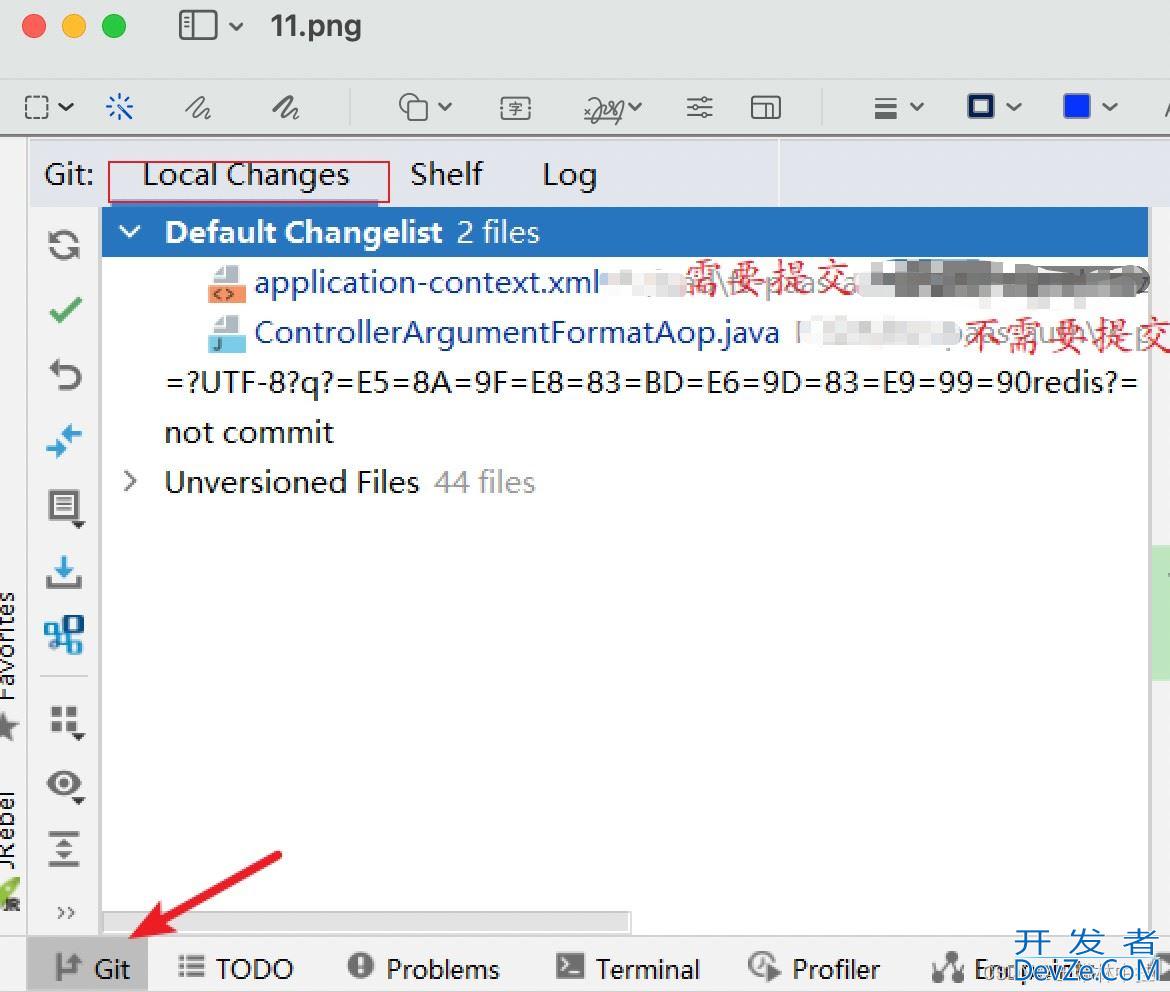



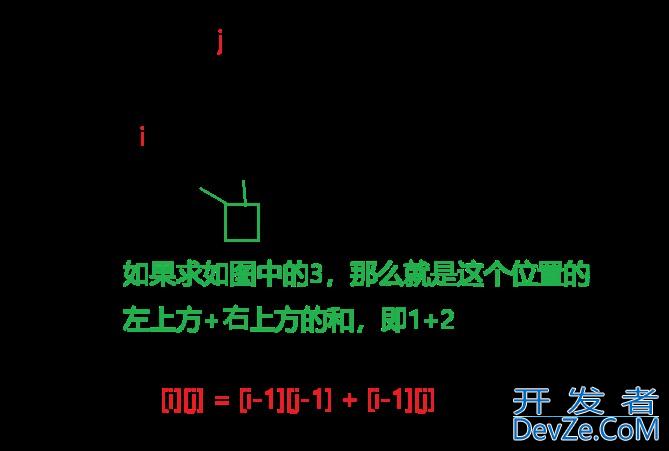
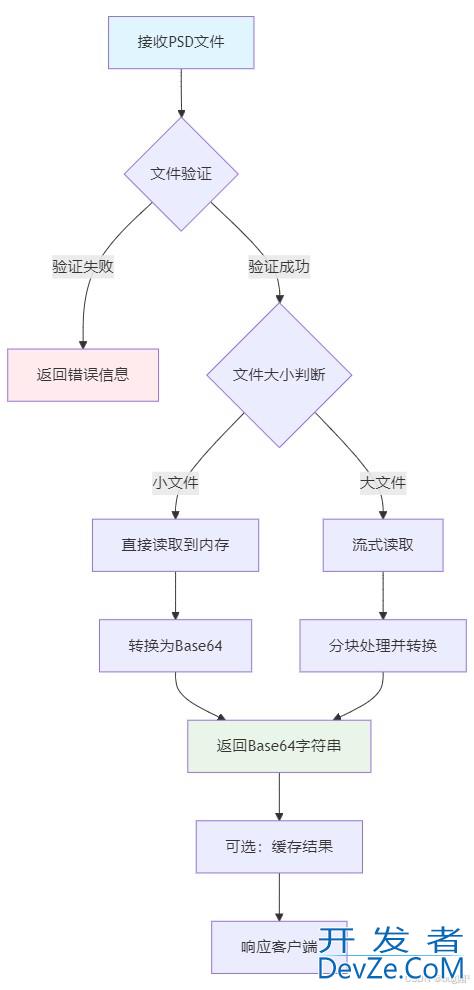
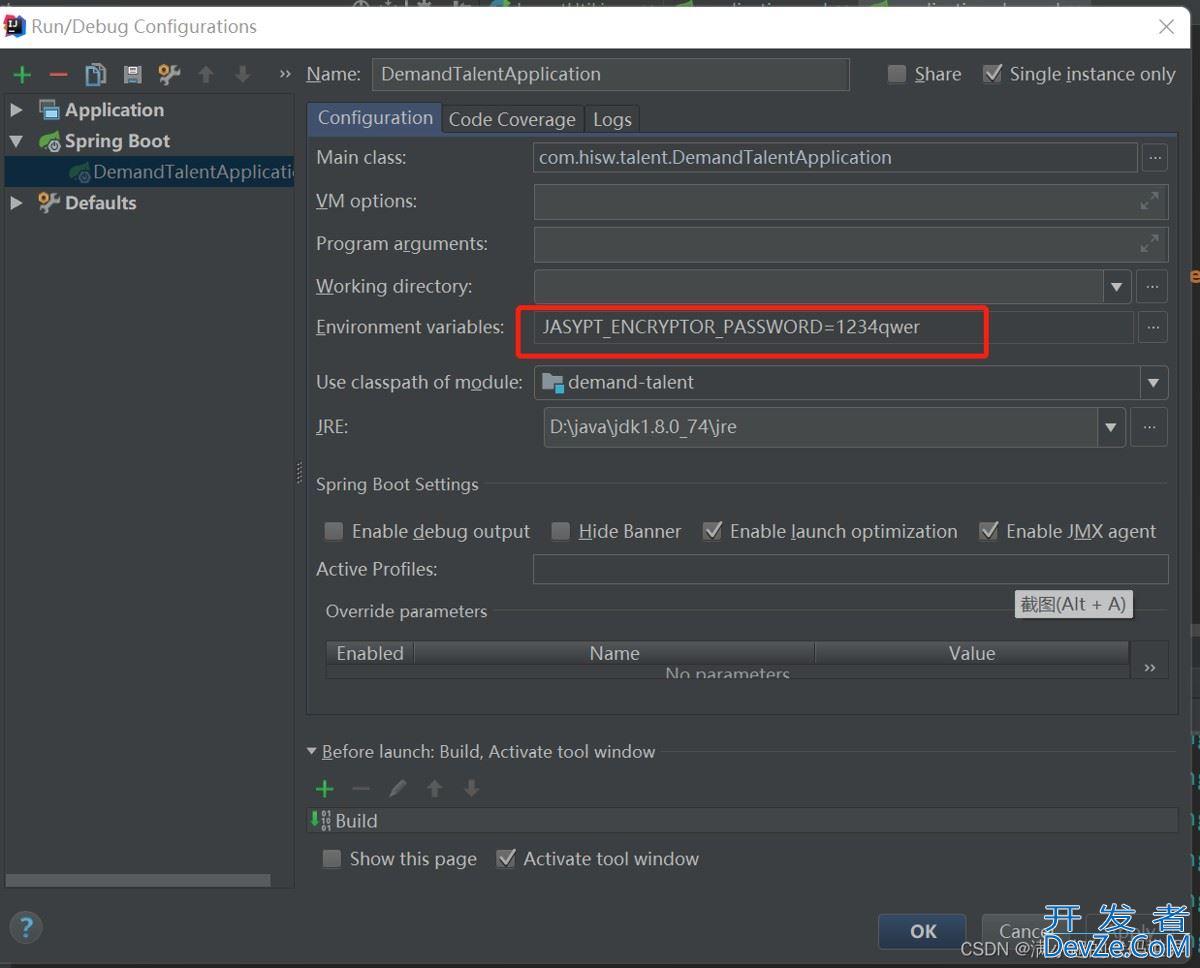
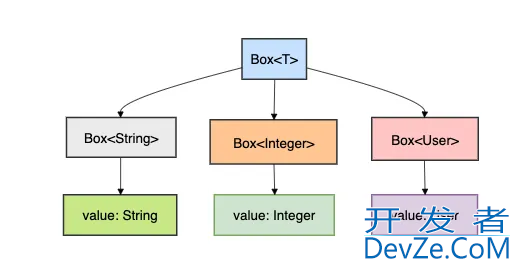
 加载中,请稍侯......
加载中,请稍侯......
精彩评论